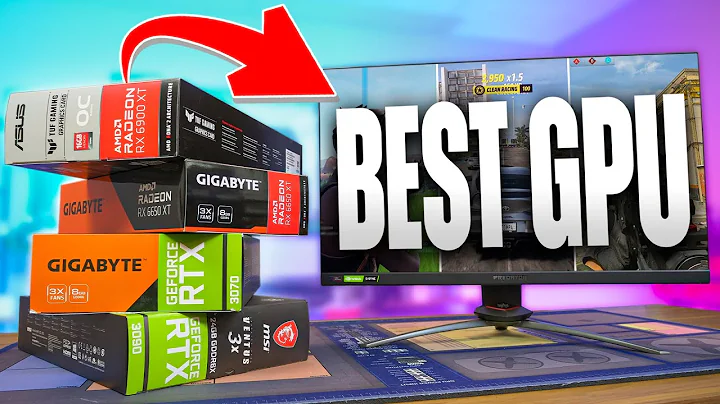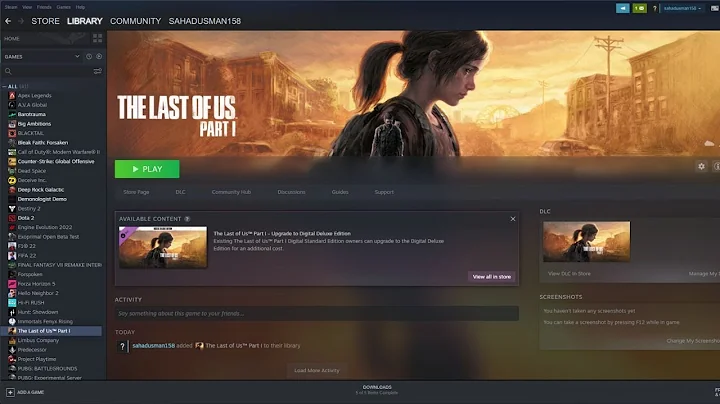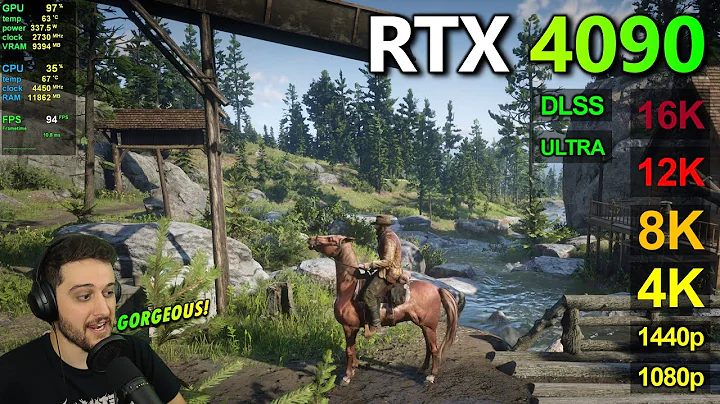High-Performance Ethereum Mining in Oracle Cloud with 8 A100 GPUs
Table of Contents
- Introduction
- Overview of Oracle Cloud
- Specifications of the Machine
- Installation of Ethminer
- testing the Machine
- 5.1 Setting Up Nvidia Drivers
- 5.2 Launching the Machine
- 5.3 Installing Ethminer
- 5.4 Generating DAG
- 5.5 Mining with OpenCL
- 5.6 Monitoring Hash Rate
- Performance Results
- 6.1 Initial Hash Rate
- 6.2 Increase in Hash Rate
- 6.3 Unexpected Connection Termination
- Conclusion
- Pros of Mining with Oracle Cloud
- Cons of Mining with Oracle Cloud
- FAQs
Introduction
In this article, we will explore the fascinating capabilities of Oracle Cloud's advanced computing resources for cryptocurrency mining. Specifically, we will focus on the testing of a powerful machine equipped with 64 cores, 128 Threads, 8 NVIDIA A100 GPUs, and a staggering 26 terabytes of NVMe SSD storage. By delving into the performance and potential of this machine, we can understand the feasibility of utilizing Oracle Cloud for mining operations.
Overview of Oracle Cloud
Oracle Cloud is a comprehensive and feature-rich cloud computing platform that offers a wide range of services and resources. It provides businesses and individuals with scalable infrastructure, advanced security features, and high-performance computing capabilities. With a global network of data centers and a vast array of service offerings, Oracle Cloud has become a popular choice for various computing needs, including cryptocurrency mining.
Specifications of the Machine
Before diving into the testing process, let's take a moment to appreciate the impressive specifications of the machine used in this experiment. The machine was equipped with:
- 64 OCPU (Oracle Compute Units)
- 128 threads for Parallel processing
- 8 NVIDIA A100 GPUs
- 26 terabytes of NVMe SSD storage
- 2 terabytes of RAM
- 50 gigabits per Second network bandwidth
With such a powerful configuration, this machine had the potential for high-performance mining operations.
Installation of Ethminer
To start our mining experiment, we needed to install the Ethminer software on the machine. Ethminer is a popular mining software that allows users to mine Ethereum and other cryptocurrencies using their GPU's computational power. The beauty of using Oracle Cloud's GPU-enabled machines is that the necessary NVIDIA drivers are already pre-installed, simplifying the setup process.
Testing the Machine
Our testing process involved several steps to ensure the machine was optimized for mining operations. Let's walk through each of these steps in detail.
5.1 Setting Up Nvidia Drivers
Before launching the machine, it was essential to ensure that the NVIDIA drivers were correctly installed. We performed a quick verification by logging into the machine and running the "nvidia-smi" command. Seeing all eight cards, along with temperature and memory statistics, confirmed that the drivers were installed correctly.
5.2 Launching the Machine
Initially, we attempted to launch the machine in our preferred region of Phoenix. However, we had to switch regions as it was not available there. We then subscribed to the Ashburn region and successfully launched the machine.
5.3 Installing Ethminer
Once logged into the machine, we proceeded to install Ethminer. With the software in place, we were ready to harness the GPU's computational power for mining operations.
5.4 Generating DAG
To start mining Ethereum, the software generated a Directed Acyclic Graph (DAG) for each GPU. This process involved allocating space on the GPU's memory, which took around two seconds for each card.
5.5 Mining with OpenCL
After generating the DAG, the machine started mining using the OpenCL framework. As mining progressed, we monitored the performance and hash rate of each card.
5.6 Monitoring Hash Rate
During the testing process, we observed intriguing fluctuations in the hash rate. Initially, the hash rate was low, but gradually, it increased significantly. Within two minutes, the hash rate skyrocketed from 154 Mh/s to an impressive 1.27 Gh/s, marking a ten-fold increase. Unfortunately, the mining operation was abruptly terminated, possibly due to Oracle detecting the network activity associated with Ethermine.org.
Performance Results
The performance results obtained during the testing process were promising, demonstrating the machine's mining potential.
6.1 Initial Hash Rate
Upon starting the mining operation, the hash rate was initially low, at 154 Mh/s. This performance was below expectations, considering the machine's specifications and the value of the GPUs installed.
6.2 Increase in Hash Rate
However, as the mining operation progressed, we observed a significant increase in the hash rate. Within two minutes, the hash rate jumped to an impressive 1.27 Gh/s. This sudden surge in performance showcased the machine's capabilities and the efficiency of its GPUs.
6.3 Unexpected Connection Termination
Unfortunately, the testing process was cut short due to an unexpected connection termination. It is speculated that Oracle detected the mining activity and terminated the connection, leading to an abrupt end of the experiment. Further testing would have provided valuable insights into the machine's long-term mining performance.
Conclusion
In conclusion, the testing of Oracle Cloud's advanced machine for cryptocurrency mining showcased impressive results. With a powerful configuration, including 8 NVIDIA A100 GPUs, 64 cores, and 128 threads, the machine exhibited substantial hash rates. However, the unexpected connection termination hindered further exploration of its mining capabilities. Despite this setback, the findings highlight the potential of utilizing Oracle Cloud for efficient and high-performance mining operations.
Pros of Mining with Oracle Cloud
- Access to high-performance machines with powerful GPUs and extensive resources.
- Simplified setup with pre-installed NVIDIA drivers, facilitating the mining process.
- Scalability and flexibility to adjust resources based on mining requirements.
- Robust security features provided by Oracle Cloud, ensuring the safety of mining operations.
- Global network of data centers, enabling mining operations in multiple regions.
Cons of Mining with Oracle Cloud
- Potential detection and termination of mining activities by the cloud provider.
- Cost considerations, as powerful machines and GPUs incur significant expenses.
- Unpredictability of network connectivity, which can disrupt mining operations.
- Reliance on the cloud provider's terms and policies regarding mining activities.
FAQs
Q: Can I mine cryptocurrencies on any Oracle Cloud machine?
A: While Oracle Cloud offers a wide range of machines, not all of them are equipped with GPUs suitable for mining. It is crucial to select GPU-enabled machines specifically designed for high-performance computing.
Q: Is mining with Oracle Cloud cost-effective?
A: The cost-effectiveness of mining with Oracle Cloud depends on several factors, including the machine's specifications, electricity costs, and the current cryptocurrency market conditions. It is recommended to perform cost analysis before engaging in mining operations.
Q: How can I ensure the security of my mining operations on Oracle Cloud?
A: Oracle Cloud provides robust security features, including data encryption, network isolation, and access controls. It is essential to implement best practices for securing cloud resources and regularly update security measures.
Q: Can I use other mining software besides Ethminer on Oracle Cloud machines?
A: Oracle Cloud offers flexibility in software selection, allowing users to install and use various mining software compatible with their chosen cryptocurrencies.
Resources:
 WHY YOU SHOULD CHOOSE TOOLIFY
WHY YOU SHOULD CHOOSE TOOLIFY
































